We share the latest research, benchmarks and advice that will help you reassess your lead generation channels and identify those approaches proven to deliver results.
Word of mouth may be King but who’s the Queen?
It’s no surprise that word of mouth and referrals reign supreme when it comes to B2B lead generation. It has always been a powerful way to generate leads, particularly when done strategically however it is limited by scale.
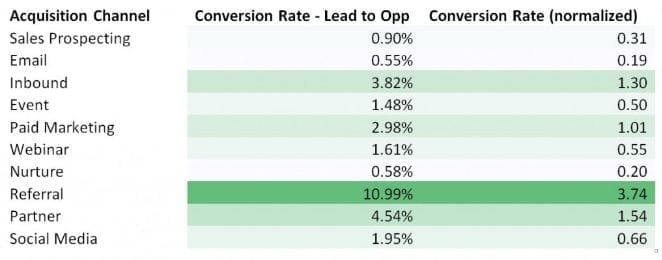
When broader outreach is needed, inbound content marketing comes into its own. The channel, used by 91% of B2B marketers, provides a strong ROI and delivers warmer inquiries compared to cold outreach campaigns. However, it doesn’t come without its own challenges.
What content marketing isn’t
Organisations that are unsuccessful with content marketing are likely to be doing one or more of the following:
1. Publishing content that’s not tuned in to potential buyers, doesn’t recognise their challenges and lacks proof.
2. Sharing self-serving or self-focused stories (the “Read all about us!” approach, you’ve read this stuff before and probably switched off).
3. Poorly timed distribution that misses prime engagement times.
4. Using dull formats which don’t engage with their audience.
5. Lack of content and keyword strategy.
These mistakes mean the opportunity to engage with prospects, and nurture them, are missed.
In contrast, those that that see success through content marketing have a clear and documented strategy (only around 37% of organisations), invest in their content marketing efforts (40% of marketing budget vs 14% of those who are the least successful) and work within an organisation that has a strongly aligned sales and marketing team.
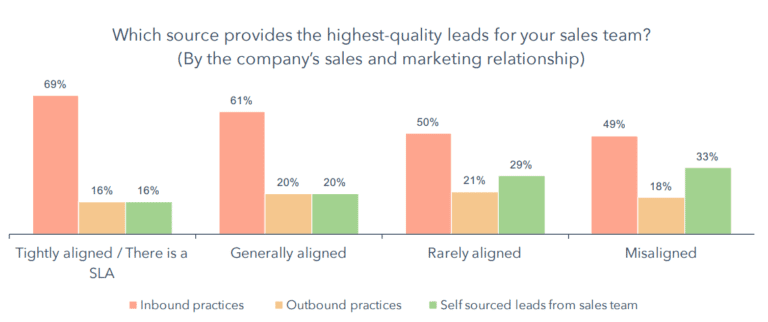
What does successful content marketing look like?
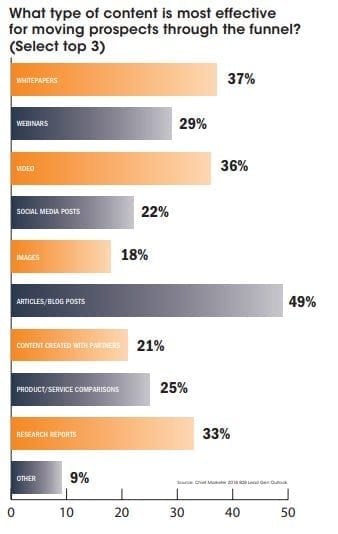
Blog articles, whitepapers and research reports remain among the most fruitful forms of content marketing.
Key is to ensure they are well-researched, long-form pieces of content and provide real value to your prospects.
What’s more, video is becoming harder and harder to ignore, even in the B2B space.
However, successful content marketing doesn’t happen in isolation. For the best results, it will be integrated with your SEO, social media and email marketing strategies.
Account based marketing for your hottest prospects
Account Based Marketing (ABM) is a more focused approach than content marketing but still not as personal as referral marketing.
ABM works because it focuses heavily on building quality relationships (something we’re naturally advocates of). With 84% of marketers reporting that ABM has significant benefits to retaining and expanding existing client relationships, it’s one to seriously consider for your marketing mix.
These are just some of the proven approaches that will help you build impactful B2B lead generation marketing. Get the balance right and you’ll shape a strategy that works short-term, longer term, and which supports wider outreach and focused efforts for those truly hot prospects.
Do your B2B lead generation strategies need a shake up?” Feel like your marketing mix isn’t filling your lead funnel as you’d like it to? We help businesses review their channel mix and find one that works. To find out more, drop us a line.
Sources
5 (often overlooked) tactics to set you up for B2B referral marketing success Your Allies, February 2018
Marketo Data Tells Us: What Is the Top Conversion Rate by Channel? Marketo
Content Marketing Trends and Stats for 2018 [Infographic] Webbiquity, February 2018
State of Inbound Global Report 2018 HubSpot
B2B Content Marketing 2018: Benchmarks, Budgets, and Trends—North America Content Marketing Institute, September 2017
2018 B2B Lead Gen Outlook Chief Marketer, 2018
Why 3000+ Word Blog Posts Get More Traffic (A Data Driven Answer) Neil Patel
The pivot to video by the numbers – and what B2B marketers need to do next LinkedIn, June 2018
SEO 2018: Top 5 Most Effective SEO Techniques Bubblegum Search, May 2018
Using social media marketing in B2B markets? Smart Insights, April 2018
Global Email Marketing and Marketing Automation ROI benchmarks 2018 Smart Insights, June 2018
Quality is a B2B marketing budget’s best friend Your Allies, January 2017
What Is Account-Based Marketing? Strategic IC
More valuable stats to underpin your marketing strategy can be found here: Sources, stats & benchmarks for your 2018 B2B marketing strategies and tactics.


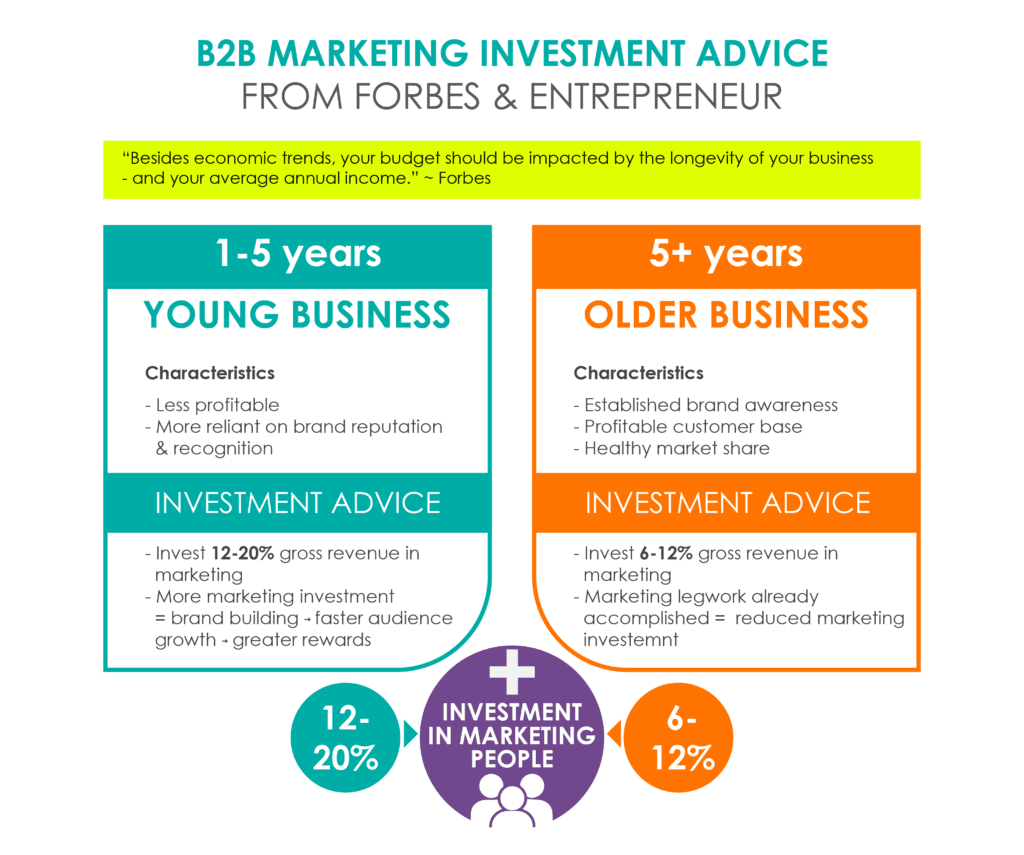
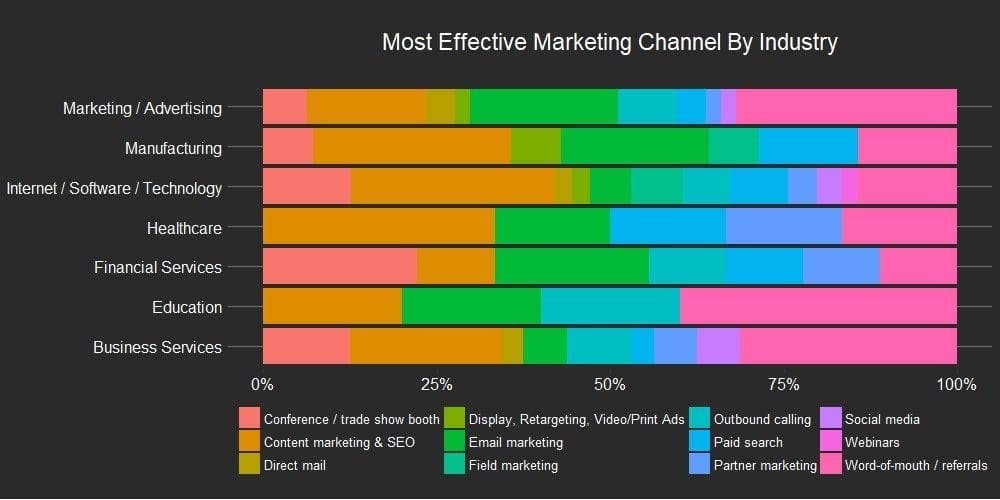
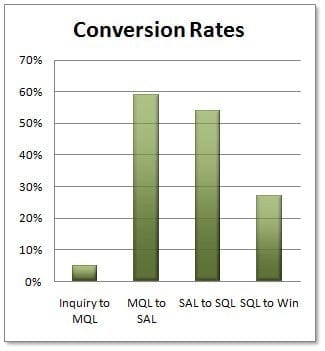
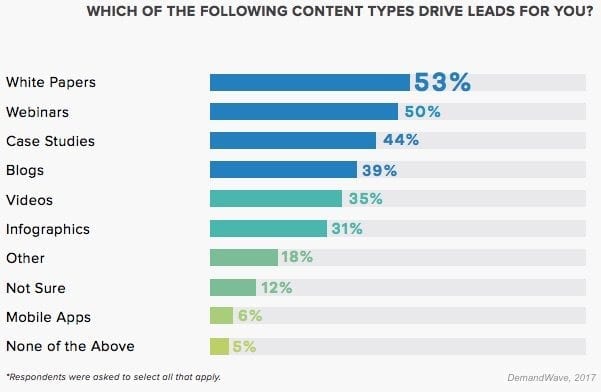
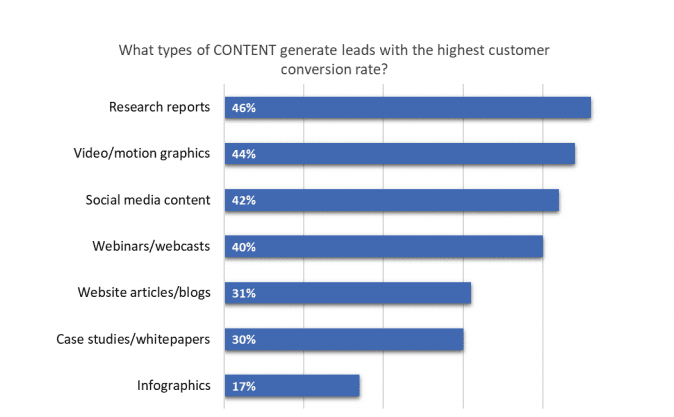


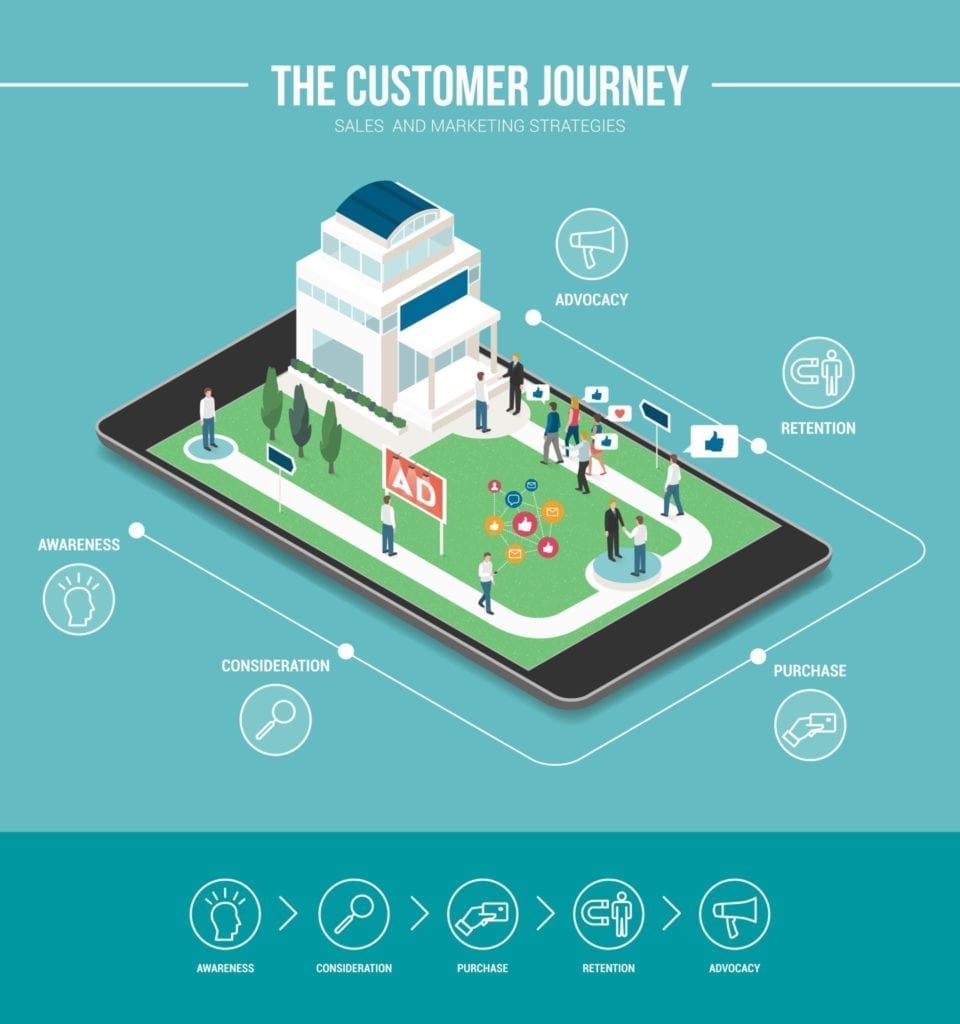 B2B customer journey mapping ties in closely with buying personas, because it’s likely you’ll be targeting different personas at different points in the buying journey. The customer journey consists of the following steps:
B2B customer journey mapping ties in closely with buying personas, because it’s likely you’ll be targeting different personas at different points in the buying journey. The customer journey consists of the following steps: With your buyer personas ready, it’s time to pull together some seed keywords. These can be brainstormed based on the personas you’ve created, but you’ll find inspiration from a number of different places:
With your buyer personas ready, it’s time to pull together some seed keywords. These can be brainstormed based on the personas you’ve created, but you’ll find inspiration from a number of different places: Your seed keywords can now be used to do more detailed research and compile a list of terms which are:
Your seed keywords can now be used to do more detailed research and compile a list of terms which are: